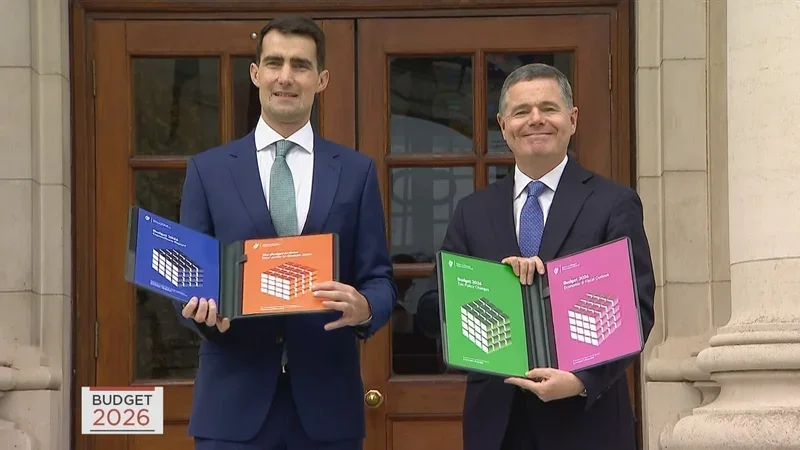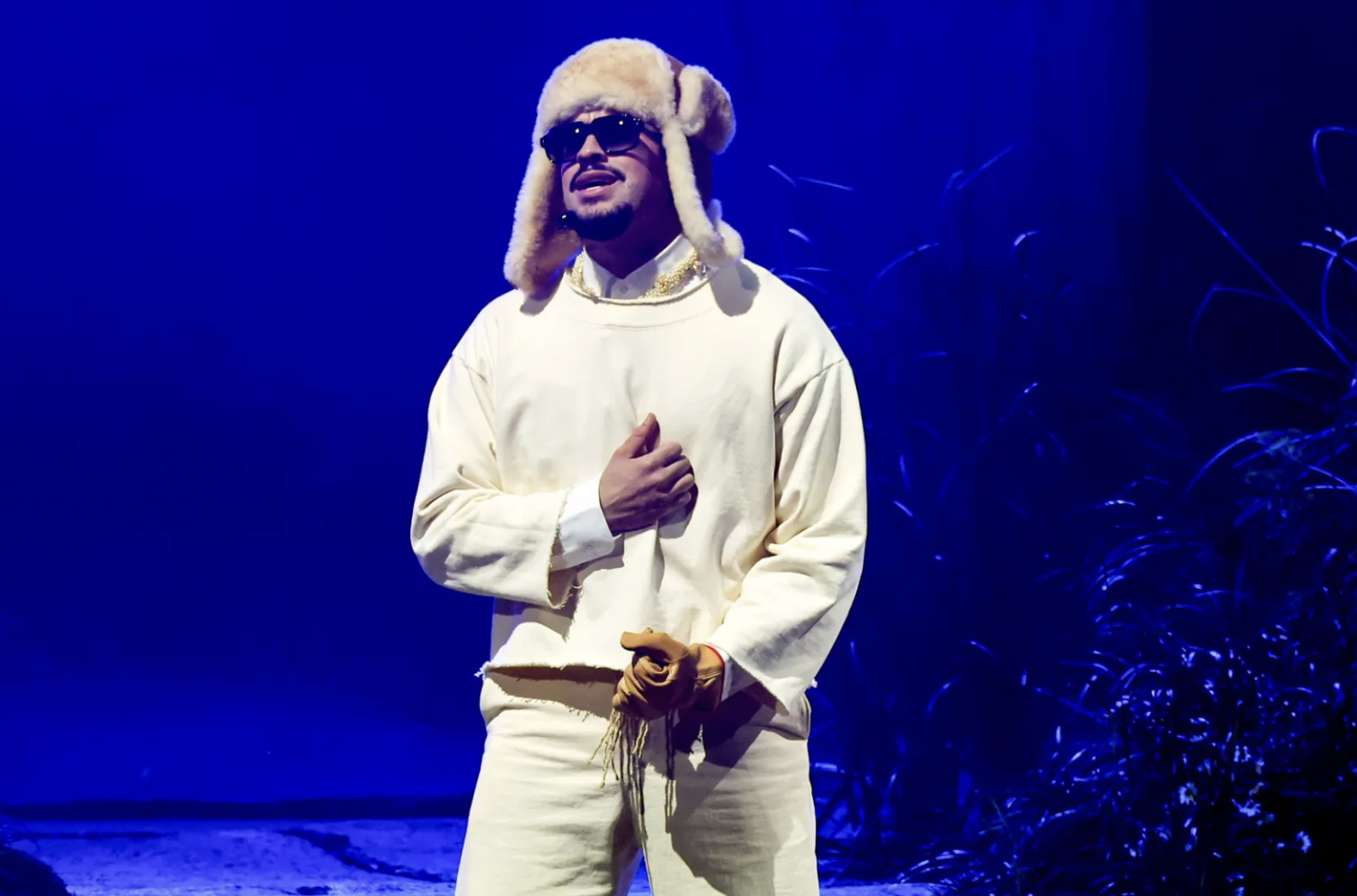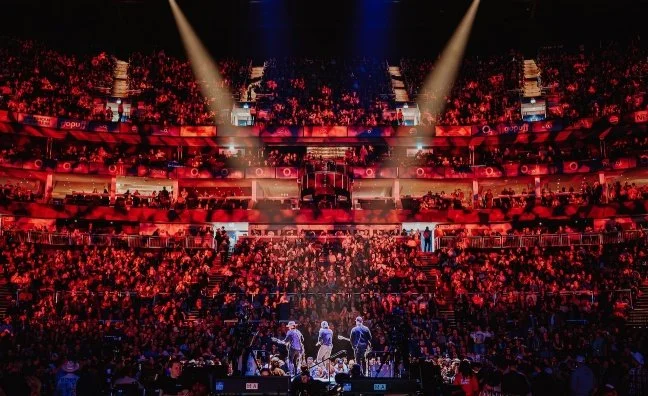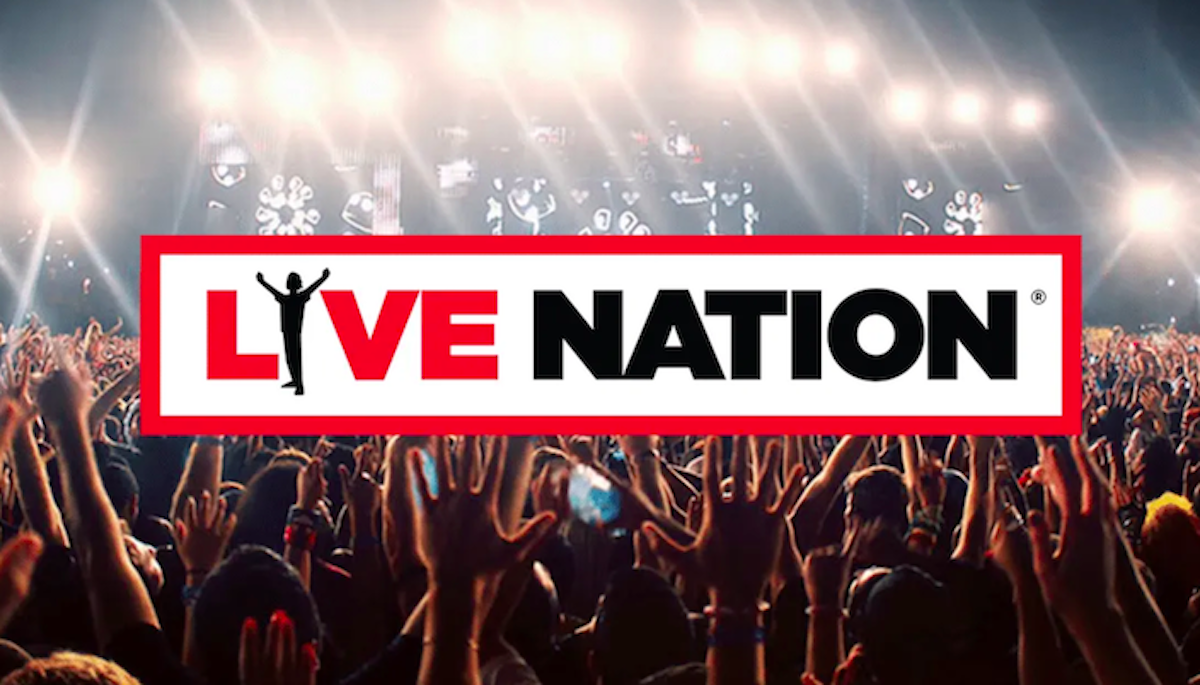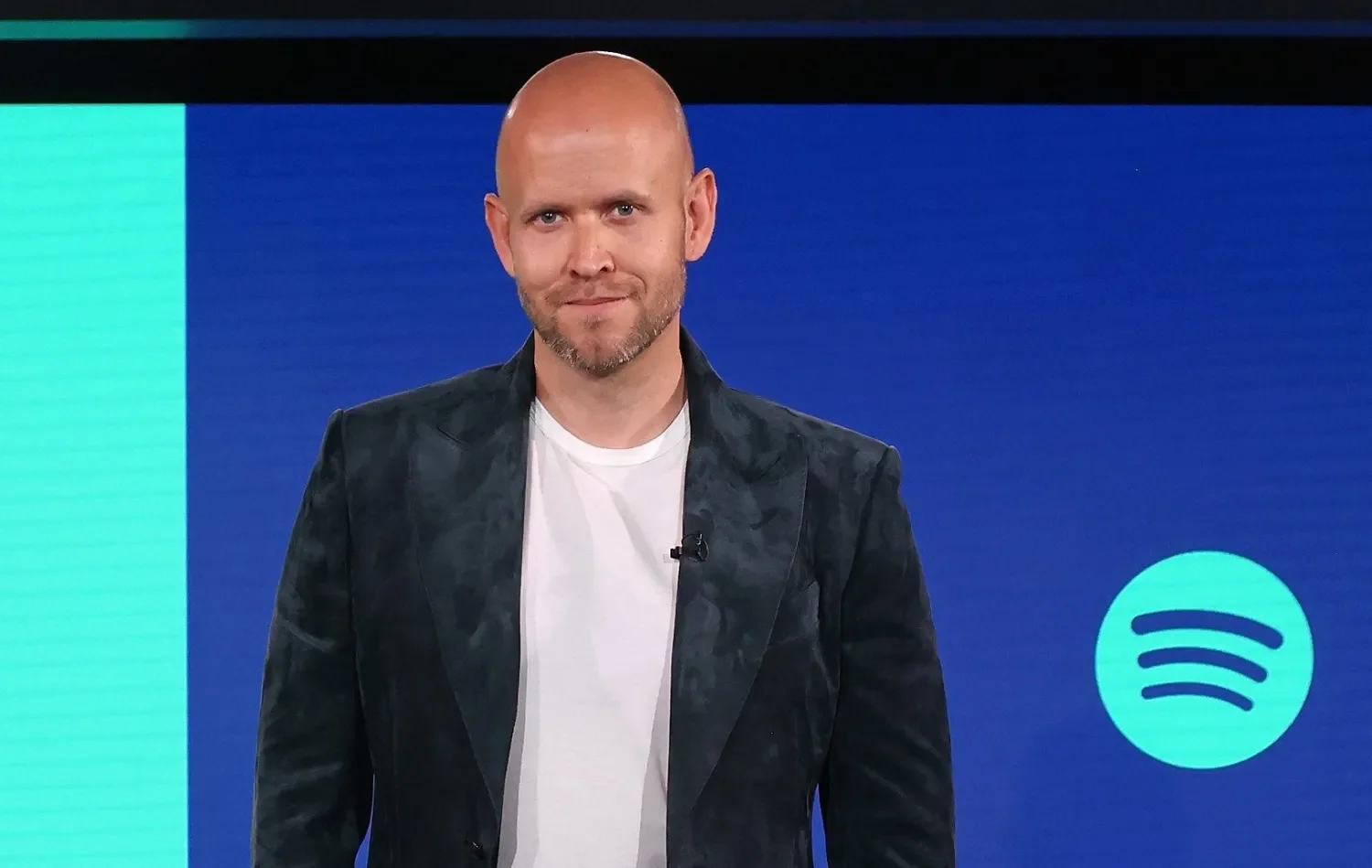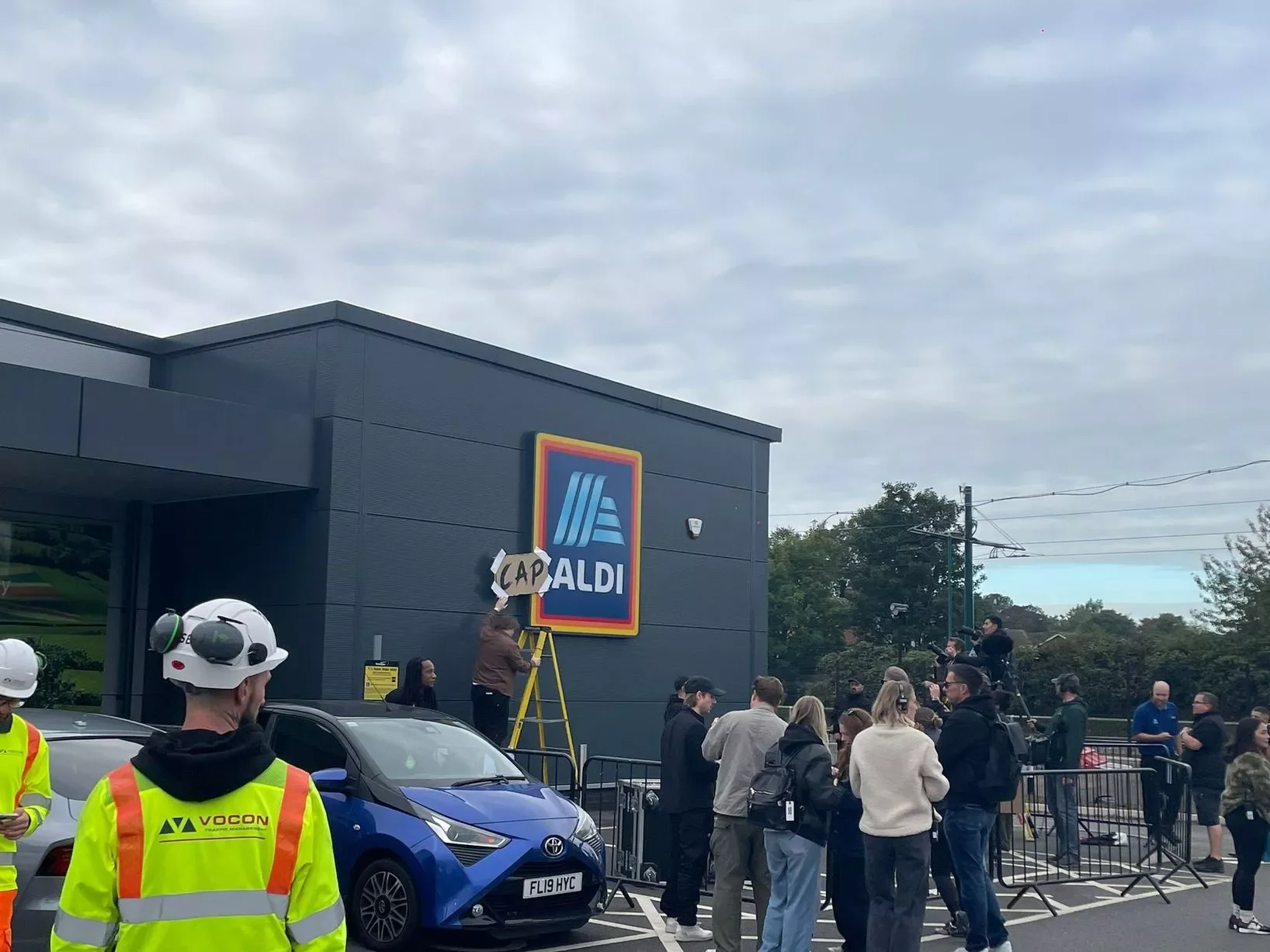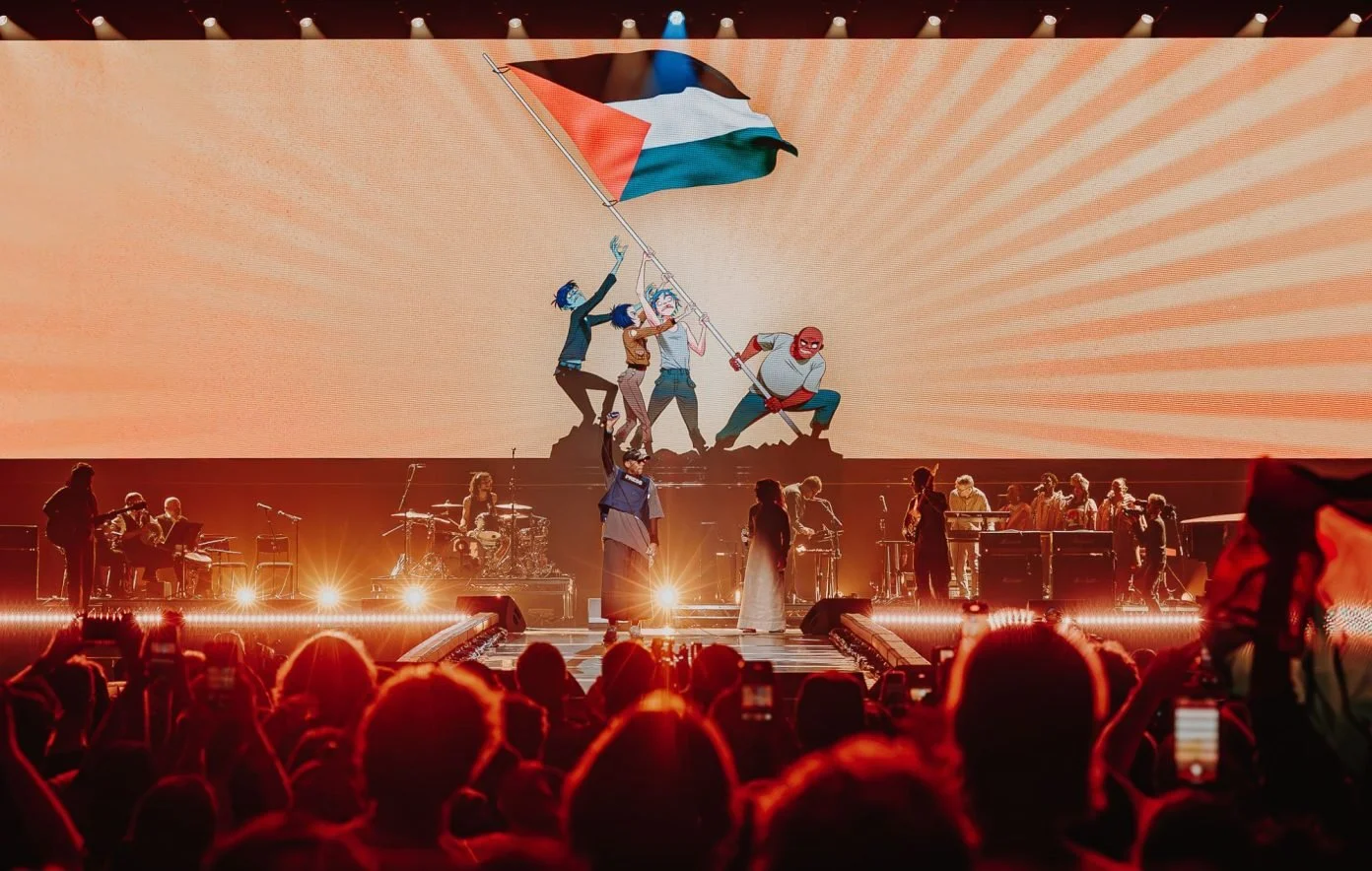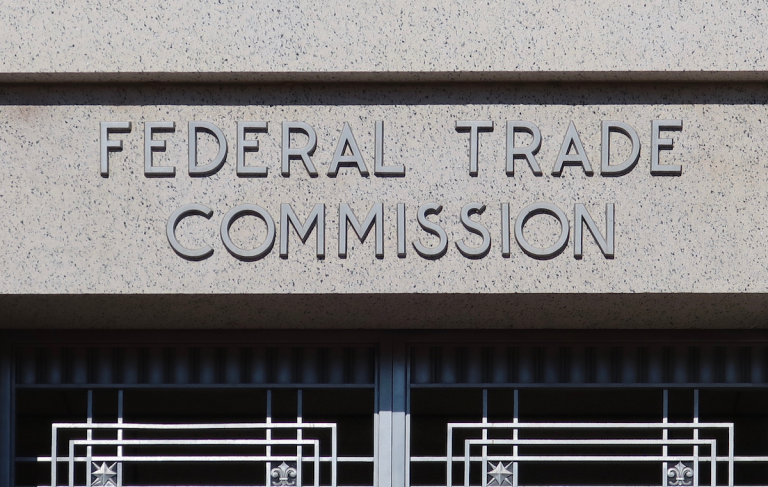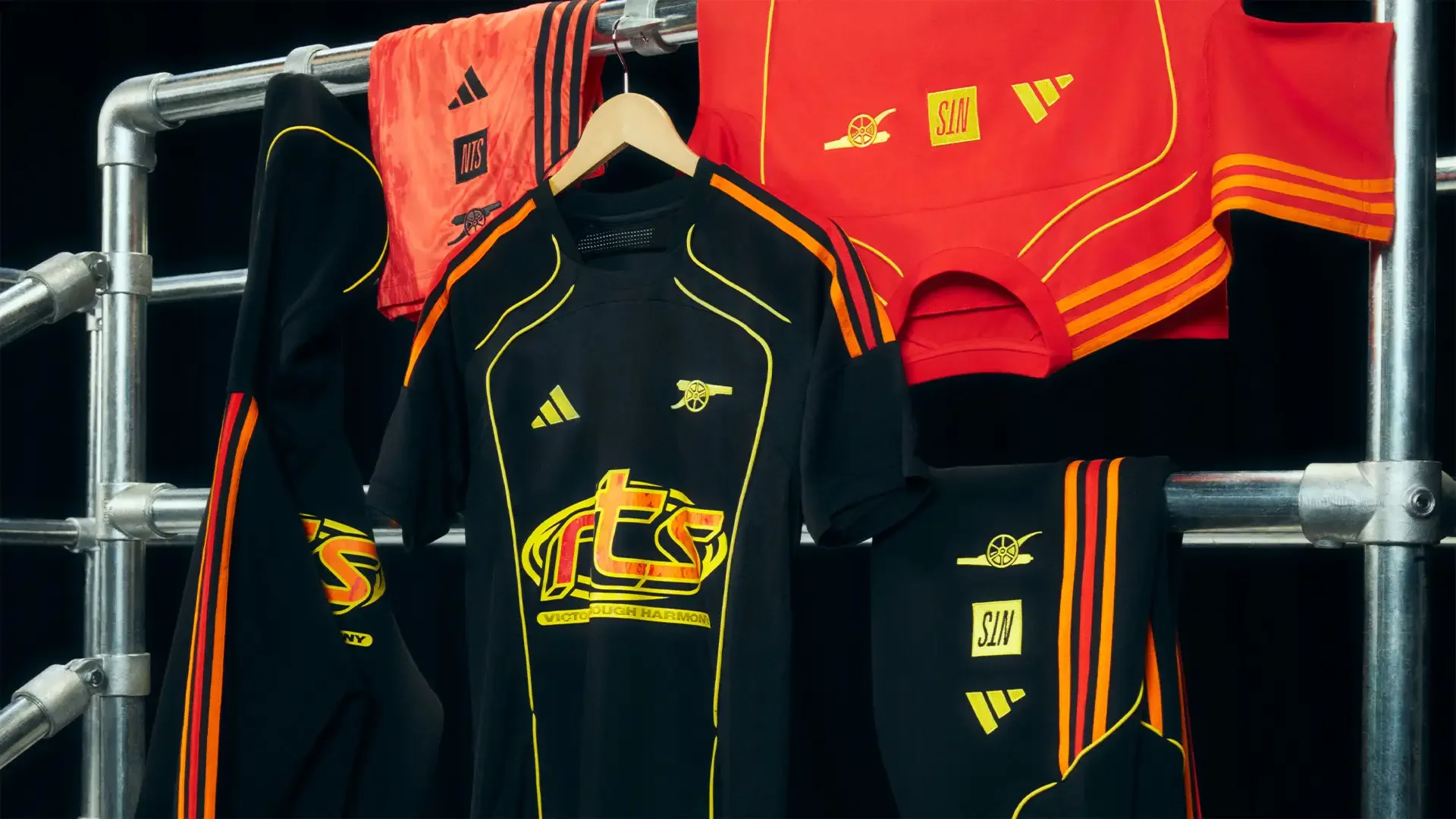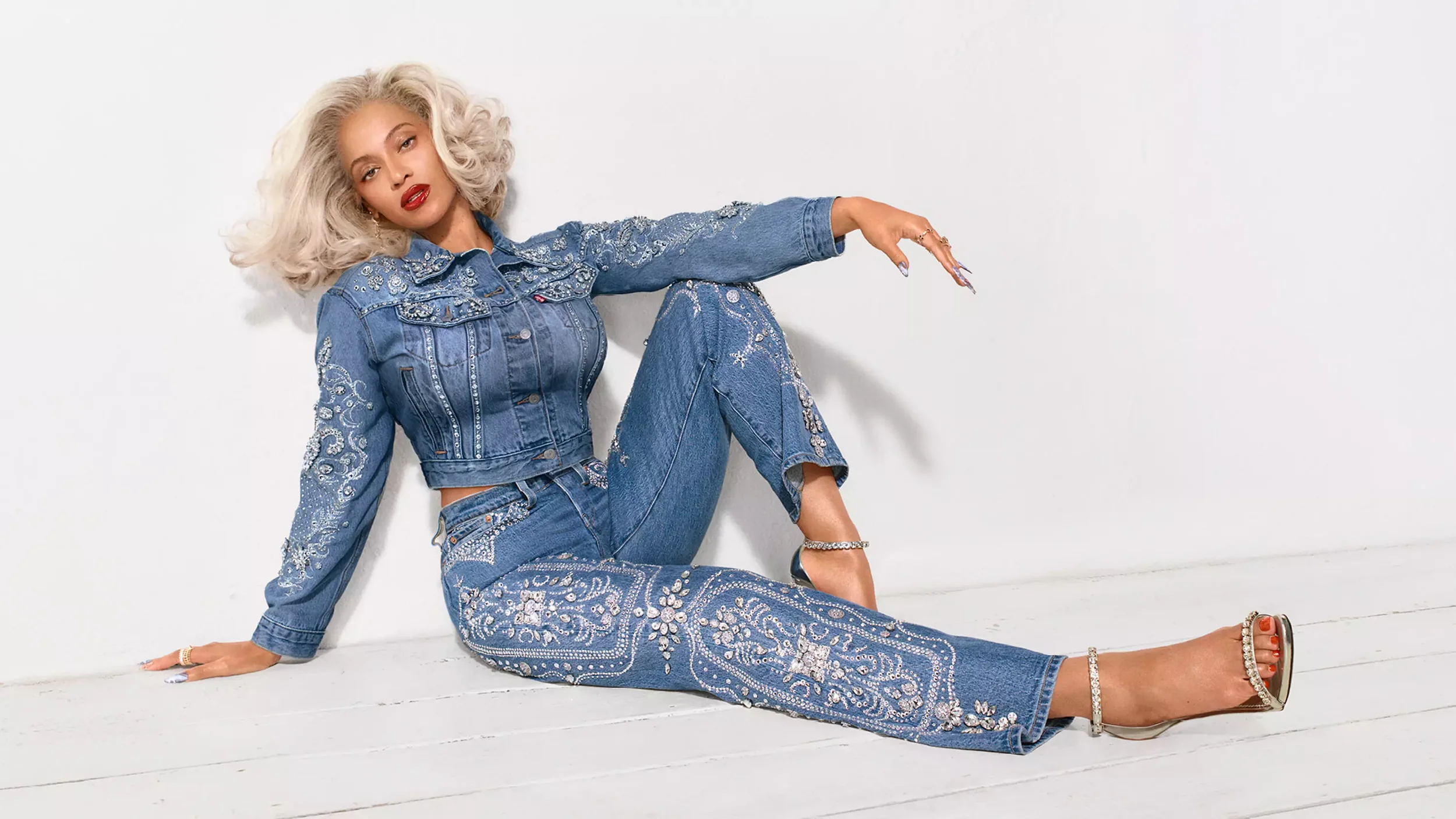Taylor Swift turned an album release into a theatrical event - and a market lesson. Announced barely a fortnight out, Taylor Swift | The Official Release Party of a Showgirl opened at $34m domestic (over $50m global) across 3,700+ screens, then vacated premium formats for Tron: Ares the very next week. Meanwhile, Dwayne Johnson’s prestige pivot The Smashing Machine landed a $5.9m opening - a career low - despite Venice buzz and months of UFC-adjacent marketing. For brand folks, this is a clean A/B test in speed, scarcity and fan conversion.
📊 Supporting stats
$34m domestic / $50m+ global for Swift’s one-weekend-only run; A+ CinemaScore and AMC-led distribution. Tickets priced from $12, PLFs carried surcharges.
2.7m U.S. first-day album sales (The Life of a Showgirl) per Luminate/Billboard/AP - among the highest single-day tallies in the modern era.
Deadline frames the feat as a “box office anomaly” and highlights outsized social reach vs. concert-film norms (RelishMix).
🧠 Decision: Did it work?
Yes - strategically sharp for Swift; risky but purposeful for Johnson.
Swift/AMC: This was precision-engineered scarcity. Minimal P&A, owned-channel comms, a three-day window, and PLF capture created a “now or miss it” behaviour loop that converted fandom into theatrical revenue without cannibalising the album story. The “album-drop film” format becomes an upper-funnel cultural moment and mid-funnel conversion tool at once. AMC gets incremental, event-priced footfall and proves exhibition can host music IP at scale.
📌 Key takeouts
What happened: Swift surprise-dropped a feature-length album launch in cinemas, timed to release week; dominated PLFs for a single weekend; exited swiftly to free capacity for studio tentpoles. Johnson opened a serious drama into the same corridor and under-indexed.
What worked (Swift):
Speed + scarcity drove urgency (two-week runway, one-weekend play).
Owned media > paid media: social reach and Swift’s direct line to fans replaced trailers and traditional in-theatre P&A.
Format fit: Lyric videos/BTS + communal watch = celebratory participation, not passive viewing.
What didn’t (risk): Front-loading limits legs; the model depends on hyper-engaged fandom and PLF displacement power that few artists can match.
What signalled shift: Exhibition is now a programmable pop-culture platform, not only for films; album-film hybrids can outperform mid-tier theatrical releases for one weekend.
Brand takeaway: If you own a fanatic community, you can compress the funnel: tease → drop → monetise → exit, all in 72 hours. If you don’t, borrow scale (platform partnerships) or right-size ambition (longer runway, clearer audience-fit).
🔮 What we can expect next
Copycats - selectively. Top-tier artists (Beyoncé-level, maybe Olivia Rodrigo/Bad Bunny) will trial tight-window theatrical activations around album cycles. Mid-tier acts may struggle without Swift-level conversion or AMC-style muscle. Expect concert distributors and exhibitors to pitch turnkey “album weekend” packages.
Platform turf wars. PLFs are finite. Studios will push back when music events claim premium screens on tentpole corridors; expect blackout windows or revenue-share tweaks.
Data-led fan pricing. Fixed $12 base proved accessible; variable pricing, merch bundles, and vinyl-ticket tie-ins are next.
Bottom line: Swift monetised the release weekend itself, using cinema as a fan engine. It’s a playbook for brands with scale and direct reach: compress time, control context, and sell the moment. For everyone else, the lesson is to match the format to the audience you actually have, not the one you wish you had.

